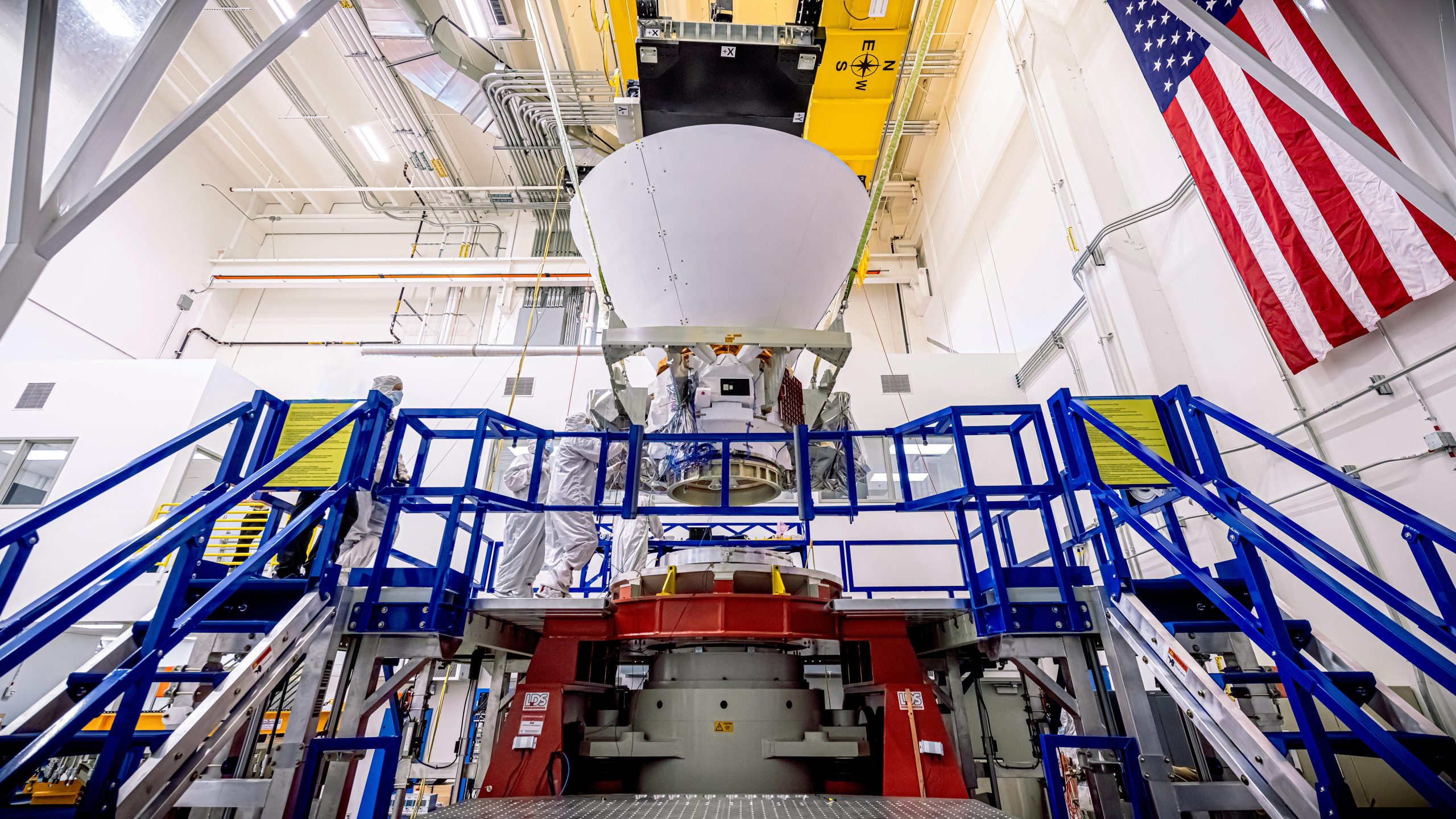NASA’s SPHEREx Telescope
NASA is on the brink of launching SPHEREx, a groundbreaking space telescope. Scheduled for launch no earlier than February 27, 2025, SPHEREx aims to provide a comprehensive view of the cosmos. With a budget of just $488 million, it promises to deliver capabilities that may surpass those of the James Webb Space Telescope (JWST), which cost $10 billion. SPHEREx’s mission is to unravel the mysteries of the universe, particularly the events surrounding the Big Bang.
About SPHEREx
- SPHEREx is designed to survey the entire sky.
- Unlike JWST, which focuses on specific targets, SPHEREx will collect data across 102 different infrared colours.
- This will allow it to capture a vast amount of information about millions of celestial objects.
- The telescope measures 8.5 feet tall and 10.5 feet wide, slightly larger than JWST.
- It will take 600 images daily, creating a comprehensive all-sky map every six months.
Cosmic Mapping and Data Collection
- Over its 27-month mission, SPHEREx will complete four full scans of the night sky.
- This extensive mapping will provide vital information about the distribution of over 450 million galaxies.
- Such data will be crucial for understanding cosmic evolution and the formation of galaxies over billions of years.
- SPHEREx will serve as a vital resource for future telescopes, including JWST and the Nancy Grace Roman Space Telescope.
Investigating the Big Bang
- One of SPHEREx’s primary objectives is to explore the origins of the universe.
- Scientists theorise that the universe underwent rapid expansion during a phase known as cosmic inflation, shortly after the Big Bang. SPHEREx will help map this structure, potentially revealing how matter was distributed in the early universe.
- This could lead to breakthroughs in our understanding of galaxy formation.
Studying the Milky Way
In addition to its cosmic surveys, SPHEREx will focus on our own galaxy, the Milky Way. It aims to map over 100 million stars and identify organic molecules within interstellar clouds. These molecules could provide vital information about the origins of life, not only on Earth but also on other planets.
Impact on Future Space Exploration
NASA has termed SPHEREx has the potential to revolutionise space exploration. The telescope’s findings will guide astronomers towards regions that warrant deeper investigation. By capturing the collective light of the universe, SPHEREx will enhance our understanding of galaxy structure and evolution across cosmic time.
Month: Current Affairs - February, 2025
Category: Science & Technology Current Affairs







